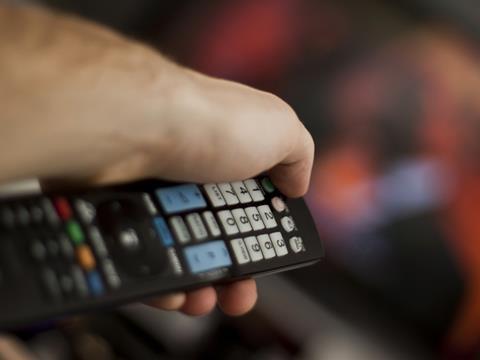
It’s been a heady couple of days for Amazon Fire: not only launching its new ad campaign, starring its newest heavyweight talent - a certain Mr Clarkson - at his typically lovable and controversy-avoiding best, it has rolled out new e-commerce capability on Fire TV.
Rather than having to use your phone or laptop to go to Amazon.com, you can now buy products directly off the TV screen with a few clicks of your Amazon Fire TV Stick remote. TV has come a long way since the Billy Hayes heydays, and this development has the potential to make TV fundamentally shoppable in three ways.
First, the Fire TV home screen features interactive banner ads, which can show products relevant to your user profile and recent Fire TV content consumption. Second, Amazon’s X-Ray feature will let viewers see specific items in a movie or TV show, and then click to purchase those products. This opens up a whole world of shoppable product placements across the wider ecosystem of content producers and broadcasters. However, while TV viewing behaviour has changed fundamentally in the past few years, non-linear viewing habits don’t necessarily give brands the right to make every scene in every show interactive or shoppable. - though it’s important to keep in mind that, particularly in the Golden Age of Television, people watch shows because they love the shows. This means marketers will have to walk the tightrope between pushing their products and preserving an audience’s suspension of disbelief. T hird, in the long term, there is a potential opportunity for long-form content collaboration and complete product integration in Amazon Original shows - imagine a product playing a key part in a storyline that is affected by whether or not you purchase it.
For fmcg the implications are more nuanced, however. At the moment, the established TV viewing behaviour would be too much of a stumbling block for Amazon orders in the typical fmcg price range. However, there’s a brilliant data opportunity: fmcg brands will be able to learn more about people’s interests in relation to their viewing habits and content preferences, which would naturally enable them to target and market more effectively.
And the rumoured launch of a QVC-style shopping channel will be very interesting. Imagine a cooking show where an audience watches a TV chef cook a delicious meal, and can then add all the ingredients (and the cooking equipment) to their Amazon basket, and get it delivered an hour later through Amazon Fresh or Amazon Prime Now!
But will it be a success? Over the past few years, Amazon has worked hard to lay the groundwork for innovations like this. It already has the most sophisticated e-tailer platform and on-the-ground distribution and delivery network, allowing it to bring a seemingly endless number of products direct to a consumer, often in a matter of hours.
But it has also steadily chipped away at the video streaming industry, both when it comes to technology and content. Since launching its first Fire TV product in 2014, Amazon has steadily chipped away at the video streaming industry. At just $99, their new Fire TV box is currently the cheapest 4K video player on the market, and at $39, its Fire TV Stick, as seen in the Clarkson ad, is the cheapest major media streamer that includes a remote control.
What’s more, Amazon Prime Video, its aggressive move into streaming content, and the impressive quality of Amazon Original content (Transparent, Hand of God, etc) has established it as a credible player in the long-form, non-linear TV viewing space. All the ingredients are there for Amazon to take its next step towards making the whole world shoppable.
Matthew Knight is head of strategic innovation and Bram Meuleman is strategic planning director at media agency Carat








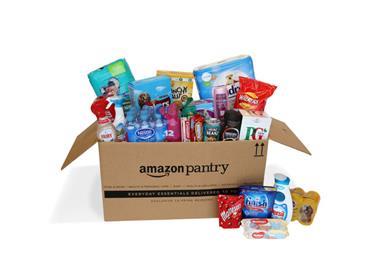
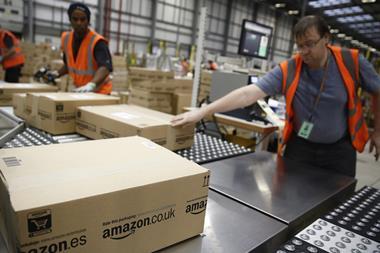
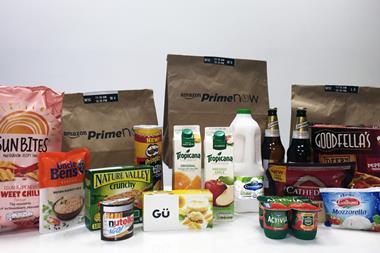
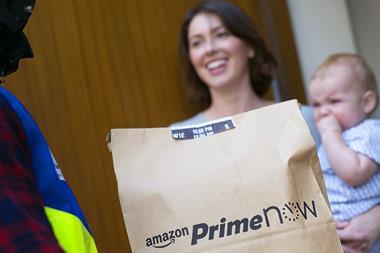
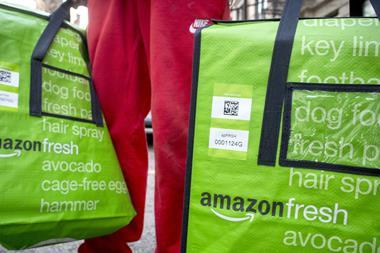





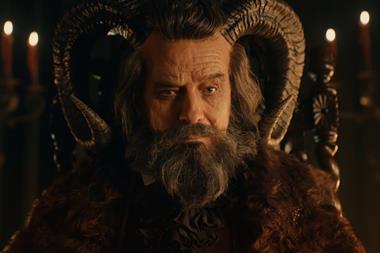
No comments yet